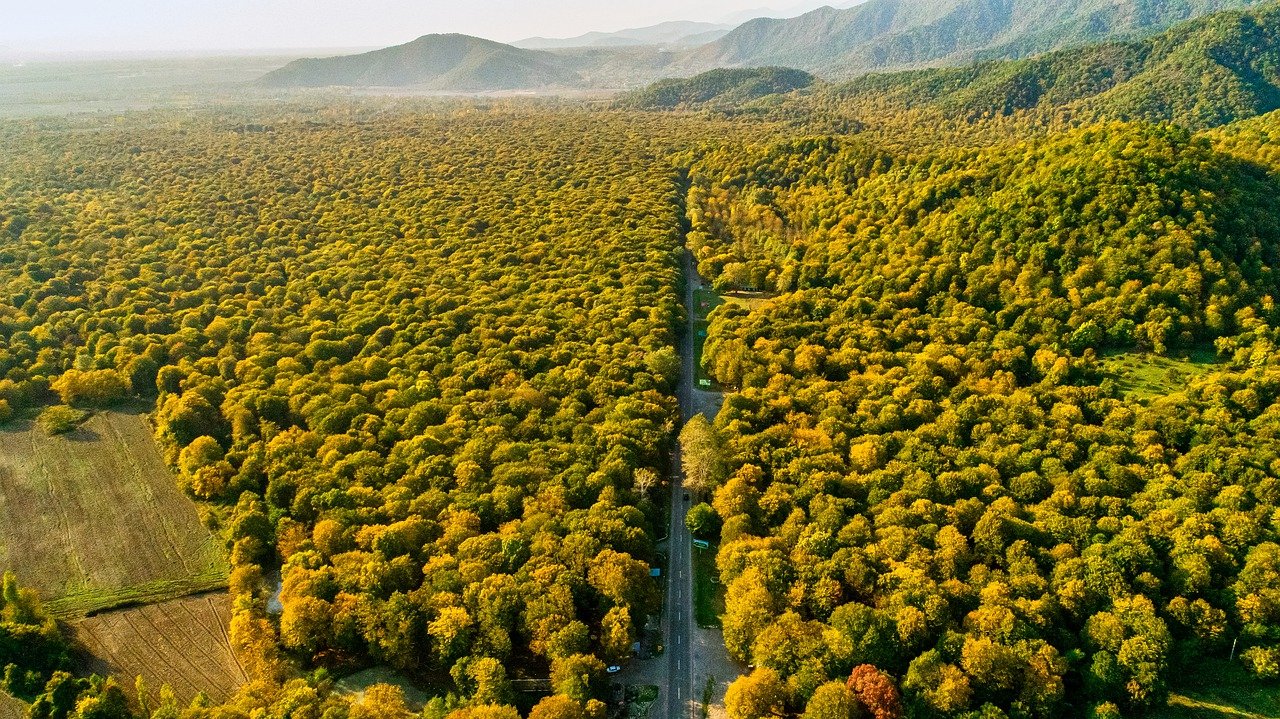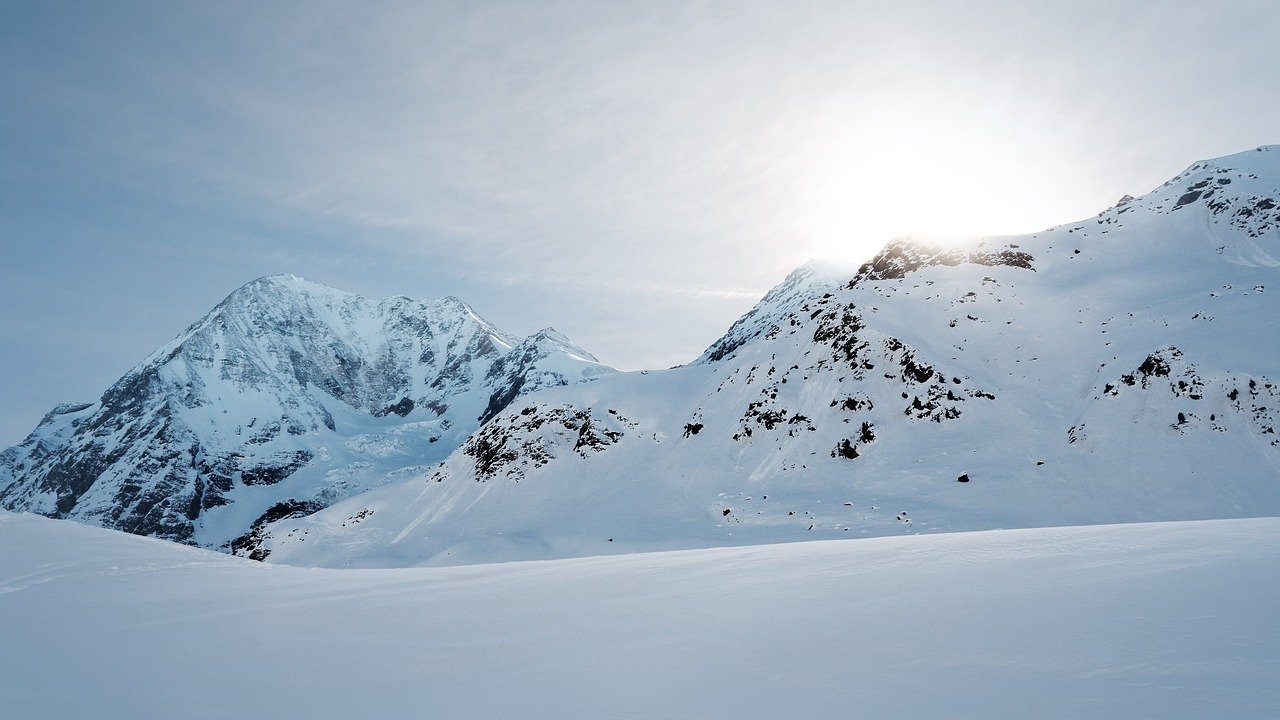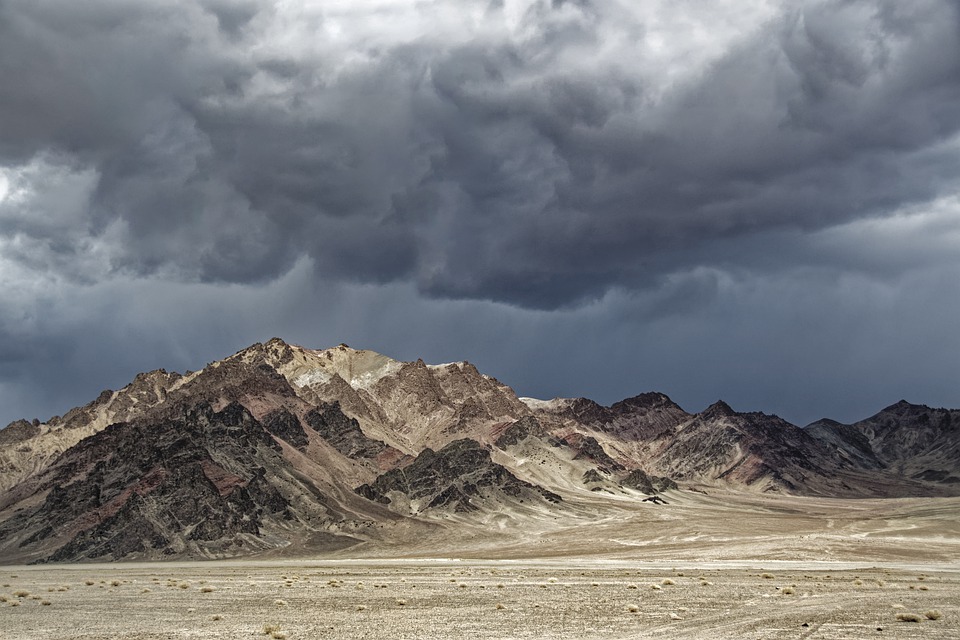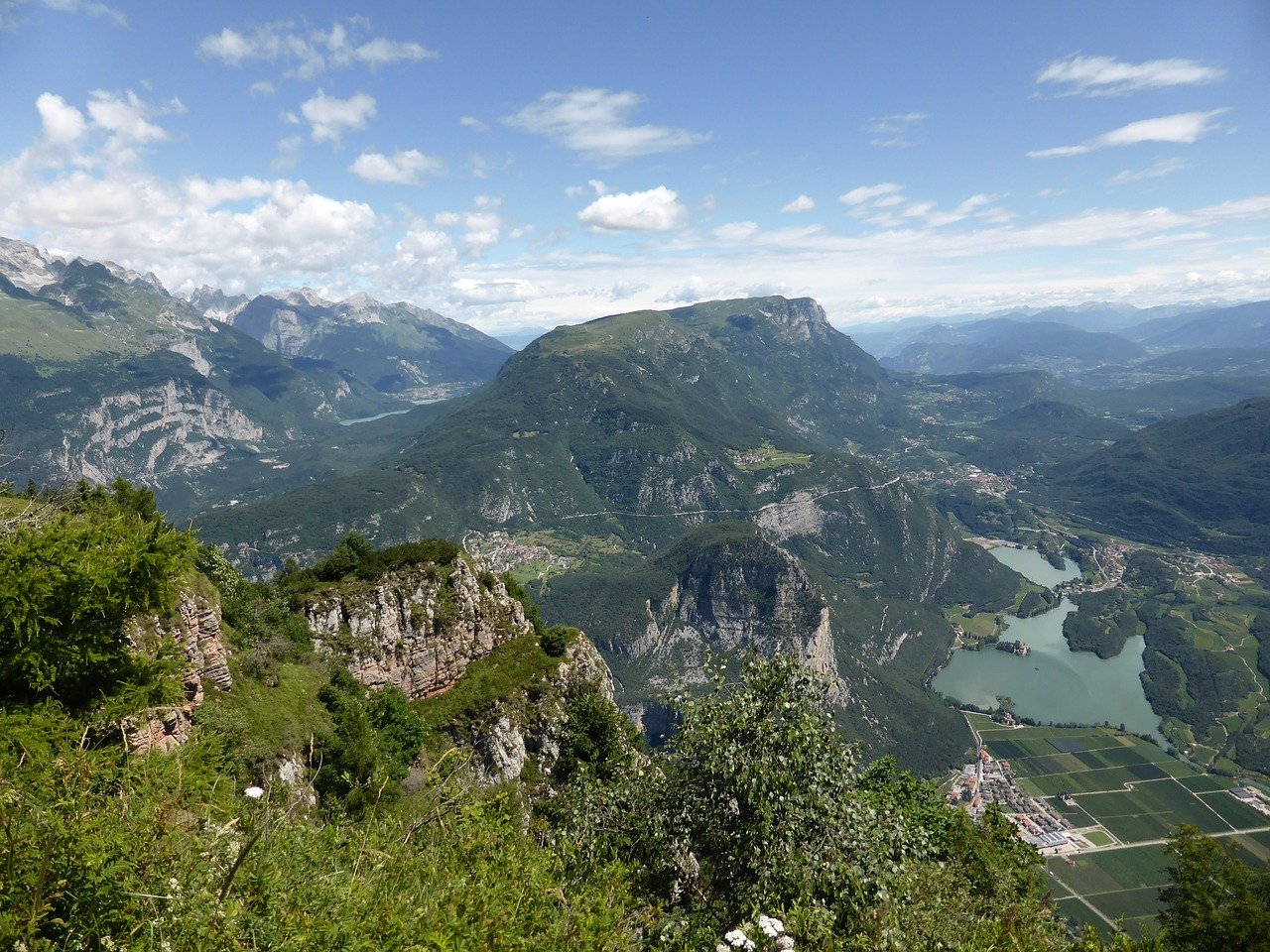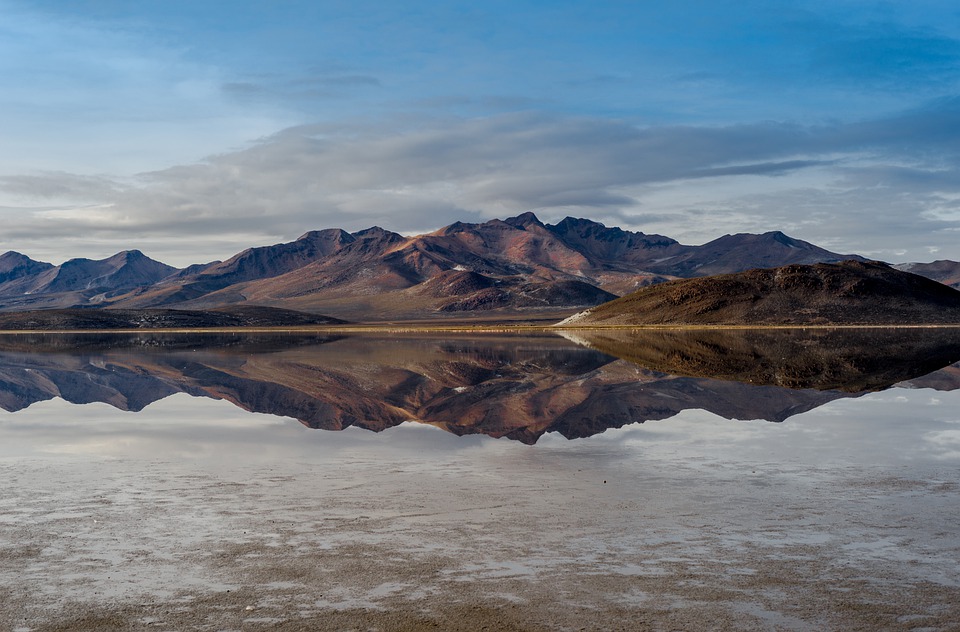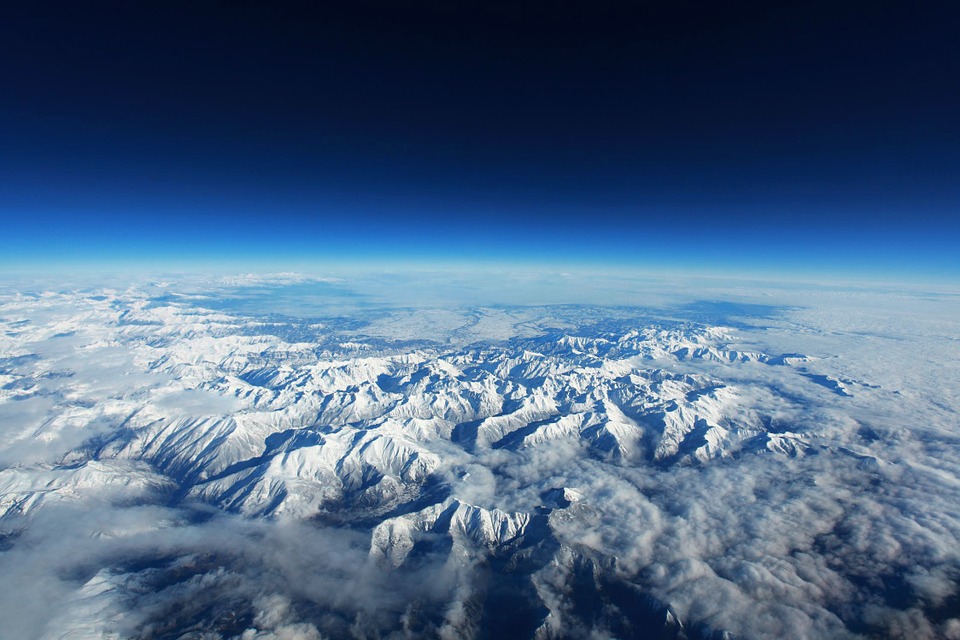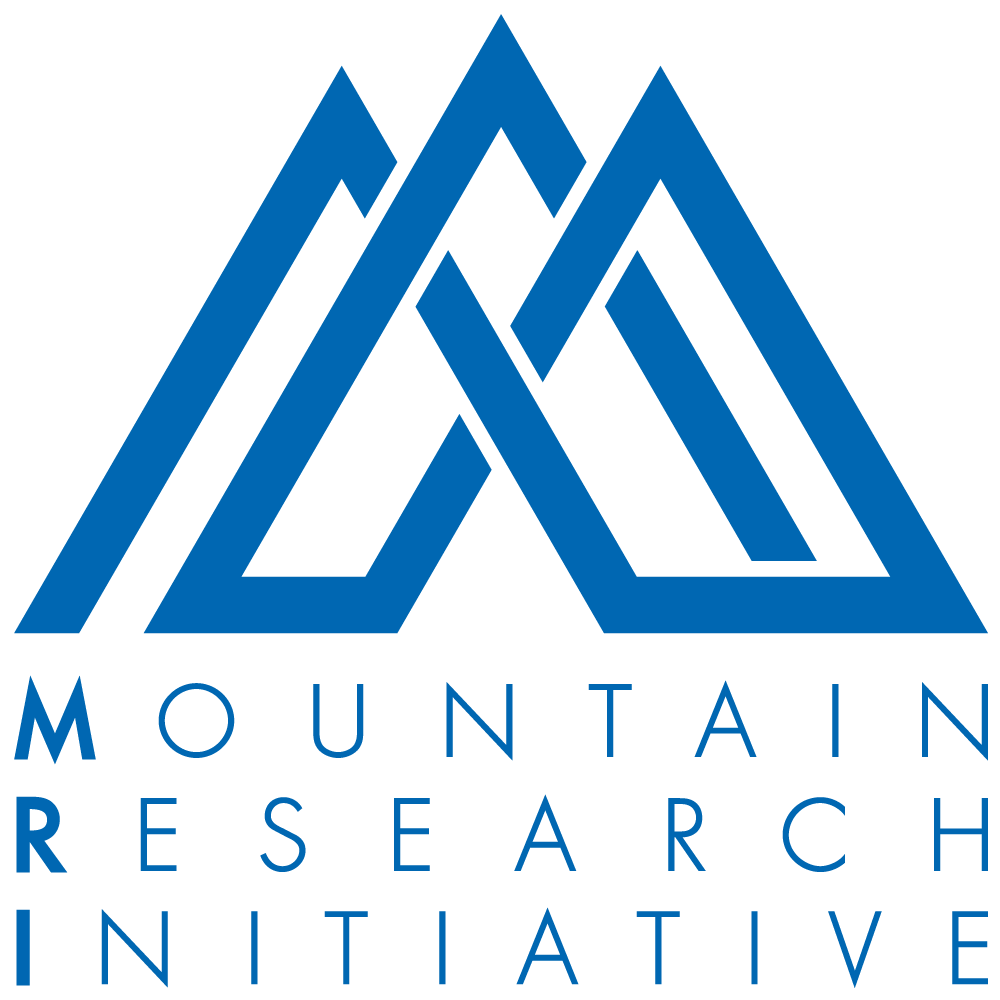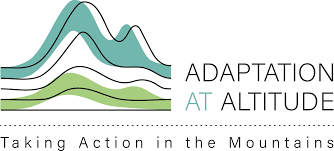News
- Details
- Category: GEO Mountains
GEO Week 2021 was held 22-26 November, and highlighted the many activities of the GEO work programme that address this year's major milestones linked to global policy agendas, such as the 26th Conference of the Parties (COP26) to the United Nations Framework Convention on Climate Change.
On Thursday 25 November, GEO Week 2021 focused on the use of Earth observations data to bridge the digital divide. As a part of this, GEO members presented examples of projects and initiatives being undertaken worldwide in order to facilitate full and open access to Earth observation data, thereby promoting policy development and supporting informed decision-making. Among the initiatives participating was GEO Mountains, represented by James Thornton, GEO Mountains Scientific Project Officer, and Carolina Adler, Executive Director of the Mountain Research Initiative and GEO Mountains Co-Lead.
- Details
- Category: GEO Mountains
Taking place as part of the COP26 Geneva Cryosphere Hub on 3 November, the focus of this session was on the potential offered by Earth Observation (EO) technology to observe, monitor, and assess the Earth’s Cryosphere.
The event kicked off with GEO Mountains Scientific Project Officer Dr. James Thornton presenting the work GEO Mountains is undertaking to enhance the discoverability and accessibility of existing mountain data and information – both in situ and remotely sensed – across global mountain regions. He also introduced the concept of Essential Mountain Climate Variables (EMCVs) to support the monitoring and understanding of key climate change-related mountain processes.
- Details
- Category: GEO Mountains
This GEO Mountains workshop sought to better understand the current interdisciplinary 'data landscape' across Central Asia.
- Details
- Category: Global News
The 2021 United Nations Climate Change Conference, also known as COP26, is the 26th Conference of the Parties to the United Nations Framework Convention on Climate Change (UNFCCC). It will take place in Glasgow, Scotland, from 31 October to 12 November 2021, under the presidency of the United Kingdom.
While the Blue Zone at the Scottish Event Campus (SEC) will host the official negotiations and side events restricted to country delegates and admitted observers, a Green Zone has been set up at the Glasgow Science Centre, which will be open to the public via a ticketing system.
- Details
- Category: GEO Mountains
The EU-wide IMPETUS project aims to turn climate commitments into tangible, urgent actions to protect communities and the planet. As a project partner, GEO Mountains is working alongside Eurac Research on the 'Mountainous' test region.
The impacts of climate change are being felt here and now. From floods in Germany to wildfires in Greece and Turkey; water shortages in Northern Europe and even heatwaves in Siberia. Intensifying weather events threaten our way of life, with severe impacts on people’s health, livelihoods, and assets.
- Details
- Category: GEO Mountains
The General Assembly 2022 of the European Geosciences Union (EGU) will be held at the Austria Center Vienna in Vienna, Austria, from 3–8 April 2022. This event includes a number of exciting, mountain-related sessions, including one convened by representatives of GEO Mountains. Abstract submission closes 12 January 2022.
The EGU General Assembly 2022 brings together geoscientists from all over the world to one meeting covering all disciplines of the Earth, planetary, and space sciences. The EGU aims to provide a forum where scientists can present their work and discuss their ideas with experts in all fields of geoscience.
- Details
- Category: GEO Mountains
This GEO Mountains workshop sought to better understand the current interdisciplinary 'data landscape' across the Andes region.
- Details
- Category: GEO Mountains




